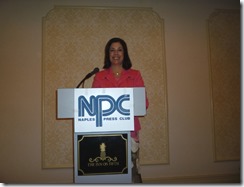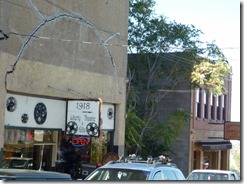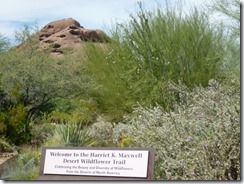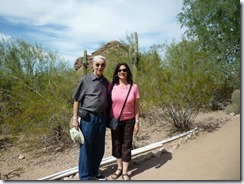Join our imaginary conversation in a restaurant between two mystery writer friends:
Writer A: “I need to kill somebody while they’re getting a facial.”
Writer B: “How are you gonna do it?”
Writer A: “I’d like to use poison.”
Writer B: “You can’t involve the beautician. That would be too obvious.”
Writer A: “I know. What if my victim has one of those mud masks applied, and she has to lie there with a towel on her face for ten minutes or so? The beautician might leave for a few moments, at which time somebody can come in and smother the woman?”
Writer B: “Smothering works, but it doesn’t use poison. What if the killer taints the mud instead?”
Writer A: “Then the beautician would have to wear gloves when applying it so she wouldn’t be affected.”
Writer B: “How long do you want the victim to take to die? You’ll need the poison to be fast acting if she’s dead when the aesthetician returns.”
Writer A: “Yes, it should be quick. I have a book on poisons at home. And I don’t want it to be immediately evident to the cops that the woman died from unnatural causes.”
Strange Male Voice: “Are you talking about us, ma’am?”
Writer A and B glance up. Two policemen are standing by their table.
Cop A: “You’ll need to come to the station, miss. The customer in the next booth says you’re planning a murder.”
Writer A glances at their nosy neighbor. “We’re mystery writers. I’m talking about my next book, Fatality by Facial. Here, have a bookmark.”
Cop B: “No kidding? You know, I’ve always wanted to write a mystery. How do you get published? Do I need an agent?”
Writer A and B abruptly get up, pay their tab, and leave after exchanging bemused glances.
<><><>
So if you were the plotting partner, how would you suggest doing the deed?














































